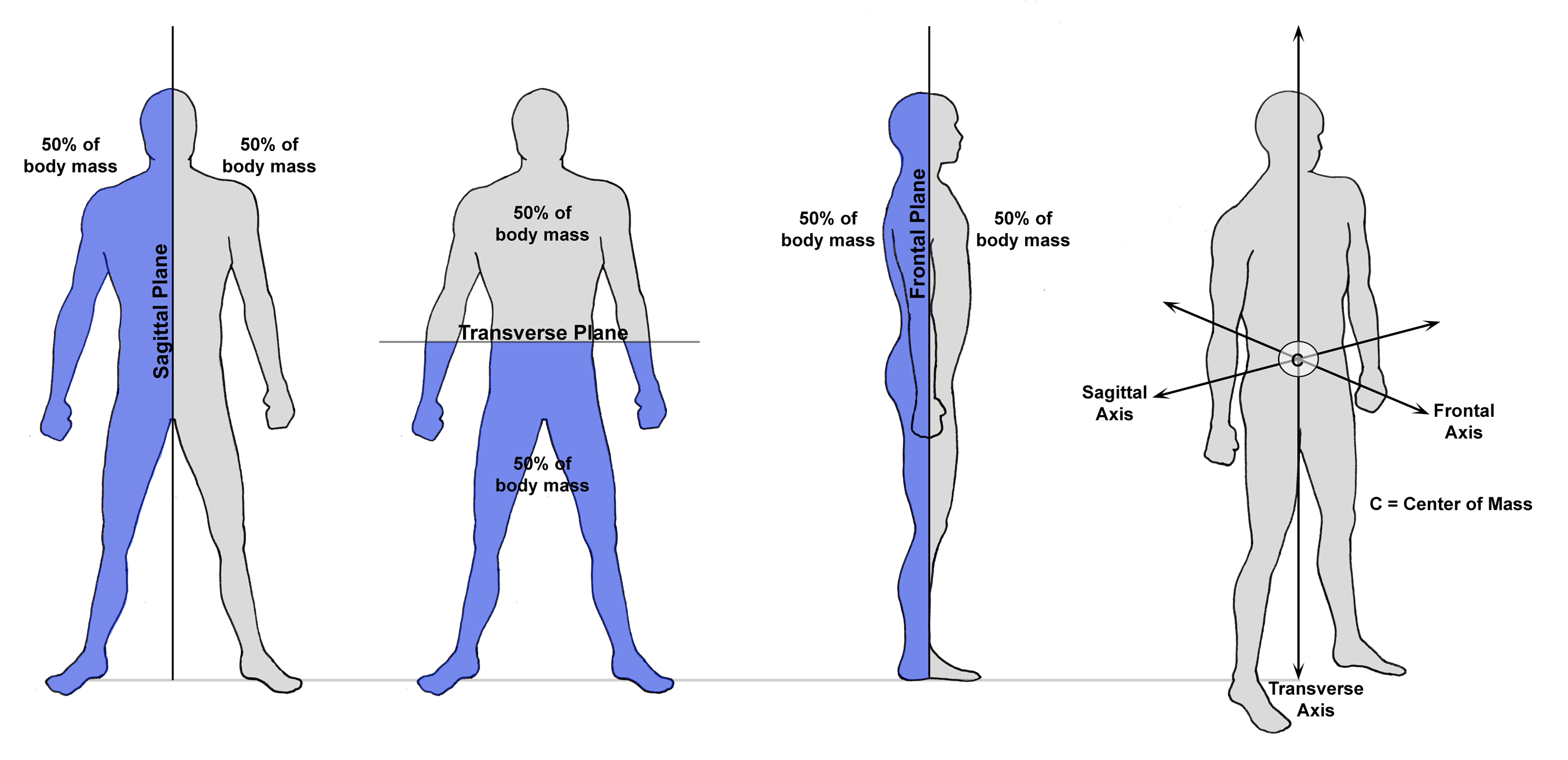Anatomical directional terms can also be applied to the planes of the body. Body planes are used to describe specific sections or regions of the body. Below are examples of some commonly used anatomical directional terms and planes of the body.

If the upper body is divided into both horizontal and vertical planes , this creates the anatomical body planes. Medical professionals often refer to sections of the body in terms of anatomical planes (flat surfaces). These planes are imaginary lines – vertical or horizontal – drawn through an upright body.
The terms are used to describe a specific body part. Listed below are general anatomical terms and. Axis and planes of the body is an imaginary concept. In medical science, it’s important to study human anatomy and joint movement. Our body can be divided int o three axis and planes, what are they?
Let us try to answer these questions as we study axis and planes with beautiful figures. The point at which all three cardinal planes—or their axes—intersect defines the point around which body mass is equally distributed. This point is called the center of mass. Every segment of the body has a mass.
For example, an individual weighing 81. You may not think about the planes of your body much, but you have them nonetheless, and if you’re talking anatomy, knowing the names of the planes comes in handy. Too bad sagittal and transverse don’t lend themselves to song as easily as rain and Spain do. One cut, direction or plane - however you want to term it - is known as the median plane.
This is a vertical plane that divides the body into equal right and left halves. This feature is not available right now. Learn body planes with free interactive flashcards. Choose from 5different sets of body planes flashcards on Quizlet. Imaginary, two-dimensional surfaces used for anatomical description.
The sagittal plane is a vertical plane that cuts the body into right and left halves. The coronal plane is a vertical plane that separates the front half of the body from the back. The transverse plane cuts the body horizontally at any level. In studying the body or organs, you often will be observing the flat surface of a section that has been produced by a cut through the body or a body part.

Such sections are made along specific planes. These well-defined planes : transverse, sagittal, and frontal planes , lie at right angles to each other. In anatomy and physiology, the anatomical body planes and sections help us understand the various ways in which the body can be viewed when cut into sections. They are especially important to know if you plan to enter a healthcare field that involves analyzing images from MRI machines and other types of imaging equipment.
This anatomical body sections and planes quiz will test your knowledge on the sections of the body in human anatomy, as well as the body plans. First, study the images of body planes in your AP textbook and lab manual. If you are using one of my textbooks or manuals, you can find a handy diagram of the planes of the body just inside the front or back cover. The three basic planes of the body used in medicine are sagittal, coronal or frontal, and axial.

Learn planes of the body with free interactive flashcards. The anatomical planes are different lines used to divide the human body. You will commonly see them when looking at anatomical models and prosections. Using anatomical planes allows for accurate description of a location, and also allows the reader to understand what a diagram or picture is trying to show.
Anatomical change during embryological development is also described and measured with body planes. Sometimes for medical imaging, the orientation of these references plane is needed. To describe these planes , consider a person standing with an upright stance.
Medical imaging techniques are the primary applications of body planes. Now, imagine dividing the person with horizontal and vertical planes that make an angle of degrees with each other. These imaginary lines present the planes of motion, which explain the direction of movement of a human body.
An anatomist could model a limb’s range of motion by measuring which planes the limb can move through and how far it is able to travel. This quiz and worksheet combo gauge your understanding of planes of the human body. In order to pass the quiz, you will need to know how different planes divide the body.
Hiç yorum yok:
Yorum Gönder
Not: Yalnızca bu blogun üyesi yorum gönderebilir.